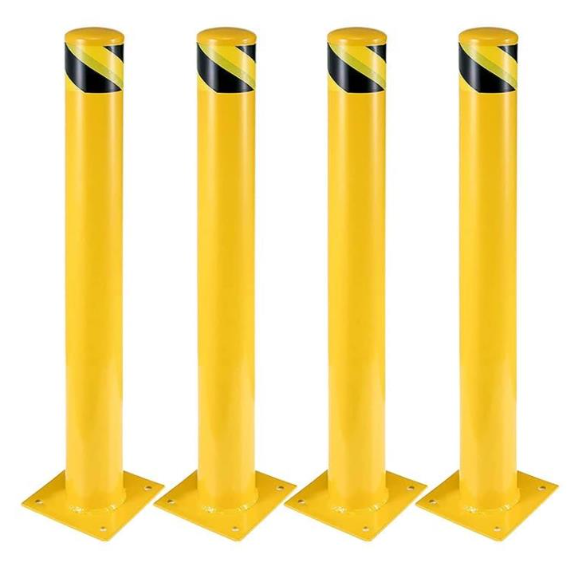Parking bollards are essential safety and security features for both residential and commercial properties. Whether you’re trying to manage traffic flow, protect pedestrians, or secure private spaces, choosing the right parking bollard can make a significant difference in functionality and aesthetics. But with so many types available—fixed, removable
, retractable, and more—it can be overwhelming to know where to start.
What Is a Parking Bollard?
A parking bollard is a sturdy post installed in or on the ground to control vehicle access and improve safety. You’ll often see them in car parks, driveways, loading zones, and building frontages. Depending on the design, they may provide physical protection, guide traffic, or prevent unauthorized vehicle access.
Why Choosing the Right Bollard Matters
The wrong bollard can either underperform or create inconvenience. For example, installing a fixed bollard in a driveway where vehicle access is sometimes needed could cause operational issues. Meanwhile, lightweight decorative bollards may not withstand accidental impacts in high-traffic areas.
Key Factors to Consider When Choosing a Parking Bollard
1. Purpose of the Bollard
Determine what the bollard is supposed to do:
- Access Control: Use removable or retractable bollards that allow flexible vehicle entry.
- Security and Protection: Opt for heavy-duty steel or reinforced bollards that can resist impact.
- Traffic Guidance: Install visual or flexible bollards to direct vehicle flow without causing damage.
- Aesthetic Enhancement: Decorative bollards made from stainless steel or cast iron can enhance the property’s appearance.
2. Location and Environment
Environmental conditions play a big role in material choice:
- Coastal or Wet Areas: Use corrosion-resistant bollards like marine-grade stainless steel.
- Urban or Commercial Zones: Consider bollards with reflective strips or LED lighting for visibility.
- Residential Properties: Choose compact or collapsible bollards for convenience.
3. Material Options
Different materials offer different levels of strength, maintenance, and appearance:
- Steel Bollards: Durable and often used for high-security needs.
- Polyurethane Bollards: Flexible and good for low-impact zones or where visibility is key.
- Concrete Bollards: Very strong but not movable—ideal for permanent boundaries.
- Plastic or Recycled Bollards: Lightweight and suitable for temporary or visual-only applications.
4. Installation Type
- Fixed Bollards: Permanently installed, best for long-term security.
- Removable Bollards: Installed in a ground sleeve; can be unlocked and removed when access is needed.
- Retractable (Telescopic) Bollards: Installed in the ground and can be lowered or raised as required.
- Surface Mounted Bollards: Bolted directly onto the ground; easier to install, but may be less resistant to impact.
Compliance and Safety Considerations
In many countries, parking bollards must comply with local safety standards, especially if installed in public areas. For example:
- Check for ADA compliance in the U.S.
- Ensure the correct spacing for emergency vehicle access.
- Use bollards with proper reflectivity and visibility markings.
Aesthetic and Branding
For commercial properties, bollards can be part of your brand’s visual identity. Powder-coated bollards in custom colours or those featuring your logo can enhance curb appeal while still serving a practical purpose.
Conclusion: Matching Functionality with Design
Choosing the right parking bollard is about balancing security, convenience, and aesthetics. Whether you’re securing a private driveway, managing parking in a commercial area, or enhancing pedestrian safety, the right type of bollard will depend on how you intend to use it, where you plan to install it, and what kind of look and feel you want to achieve.

